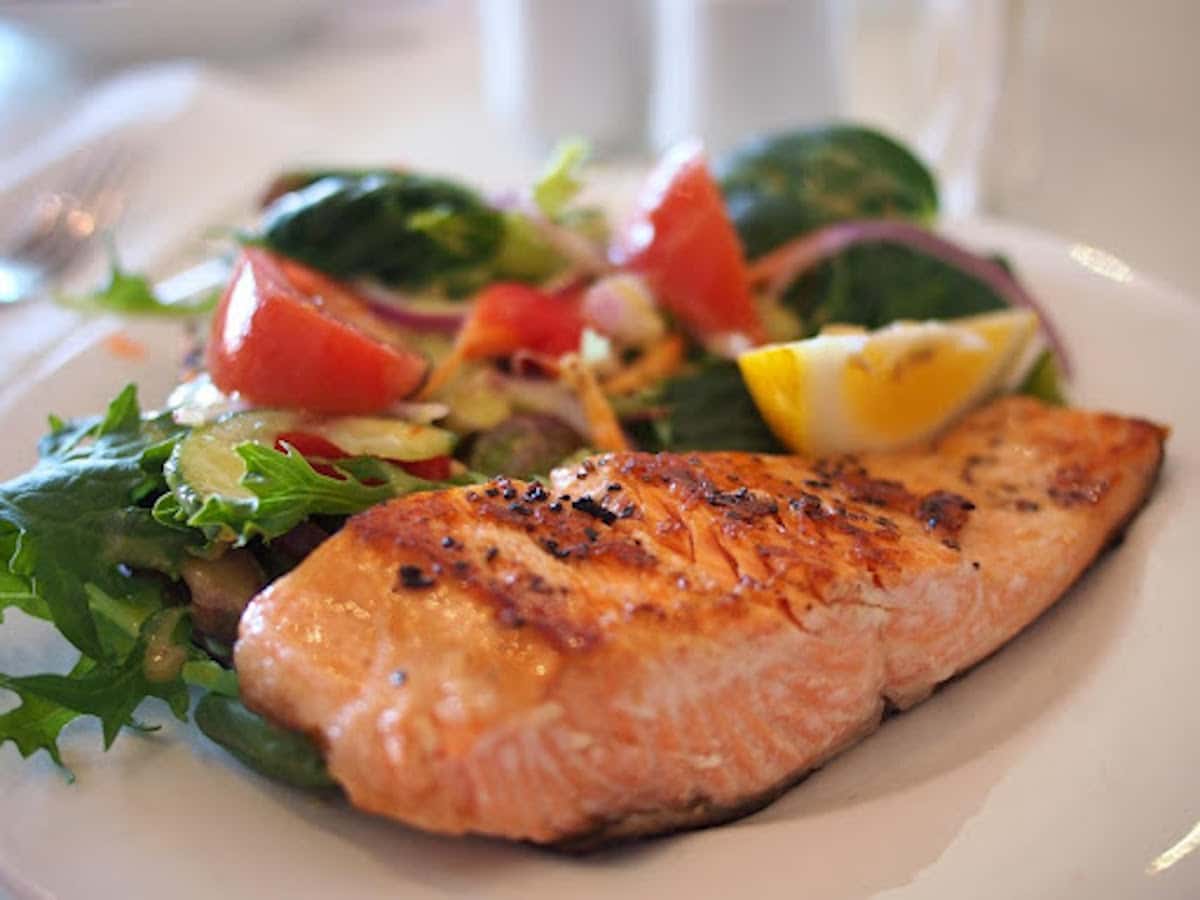Table of Contents
Did you know that a single serving of salmon is packed with two-hundred calories, protein, and vitamins such as B12?
Salmon is an incredibly popular fish, known for its rich flavor, tender texture, and numerous health benefits. It’s no wonder that it graces the menus of top restaurants and home kitchens alike.
However, as with any culinary masterpiece, perfecting the art of cooking salmon can be a bit of a challenge. It’s easy to fall prey to common mistakes that can turn this delicious fish into a dry and undercooked disappointment.
But fear not, fellow salmon lovers! In this blog post, we’ll unveil the top salmon cooking mistakes. We will also provide expert tips on how to avoid them. Keep reading if you want to find out more.
Not Selecting the Right Kind
There are several types of salmon available in the market, and each has a unique taste and texture. Alaskan wild caught salmon, for example, is known for its superior quality, sustainability, and rich flavor.
To ensure the best results, it’s essential to choose the right type of salmon for your recipe. Research the differences between farm-raised and wild caught salmon, as well as species like sockeye, coho, and king salmon.
Making an informed choice will greatly enhance your salmon cooking process. Salmon is also a healthy option for kids with Serenity Kids salmon baby food!
Always choose the best quality salmon that fits your budget and preferences. Look for sustainably sourced options, and check the label for information on the specific species.
Overcooking or Undercooking
Overcooking can result in dry, flavorless salmon. Uundercooking can lead to food safety concerns. To ensure a perfectly cooked salmon for dinner, it’s essential to monitor the cooking time and temperature closely.
To avoid overcooking or undercooking, use a meat thermometer to check the internal temperature of the salmon. Aim for an internal temperature of 145°F (63°C) for a fully cooked, yet moist and tender result.
Keep in mind that the thickness of the fillet can impact cooking time, so adjust accordingly.
Insufficient Preparation and Cooking Supplies
Having the right salmon cooking supplies on hand is crucial for a successful dish. Using a dull knife or inappropriate cookware can affect the cooking process and the final outcome of your meal.
Make sure you have a sharp knife for cutting and trimming the salmon, a non-stick or well-seasoned pan for cooking, and a fish spatula for flipping and serving.
Over-Seasoning or Under-Seasoning the Salmon
The seasoning for salmon is critical in enhancing the natural flavors of the fish. However, over-seasoning can overpower the taste, while under-seasoning can make the dish bland and unappetizing.
Find a balance between seasoning and the natural flavor of the salmon. Use a light hand when applying seasonings like salt, pepper, and herbs.
Ignoring the Importance of Resting
Allowing the salmon to rest after cooking is a crucial step that is often overlooked. Resting allows the juices to redistribute throughout the fish, resulting in a more tender and flavorful dish.
The Top Salmon Cooking Mistakes
Despite the fact that salmon is such a popular dish, many people don’t know how to avoid the top salmon cooking mistakes.
Make sure to purchase the right type of salmon. You should also familiarize yourself with the importance of resting after you cook it. Lastly, don’t put too much or not enough season on your salmon.
Do you want to find out more about how to properly prepare the world’s most popular dishes? If so, make sure to check out the Food & Drink section of our website.


